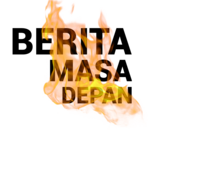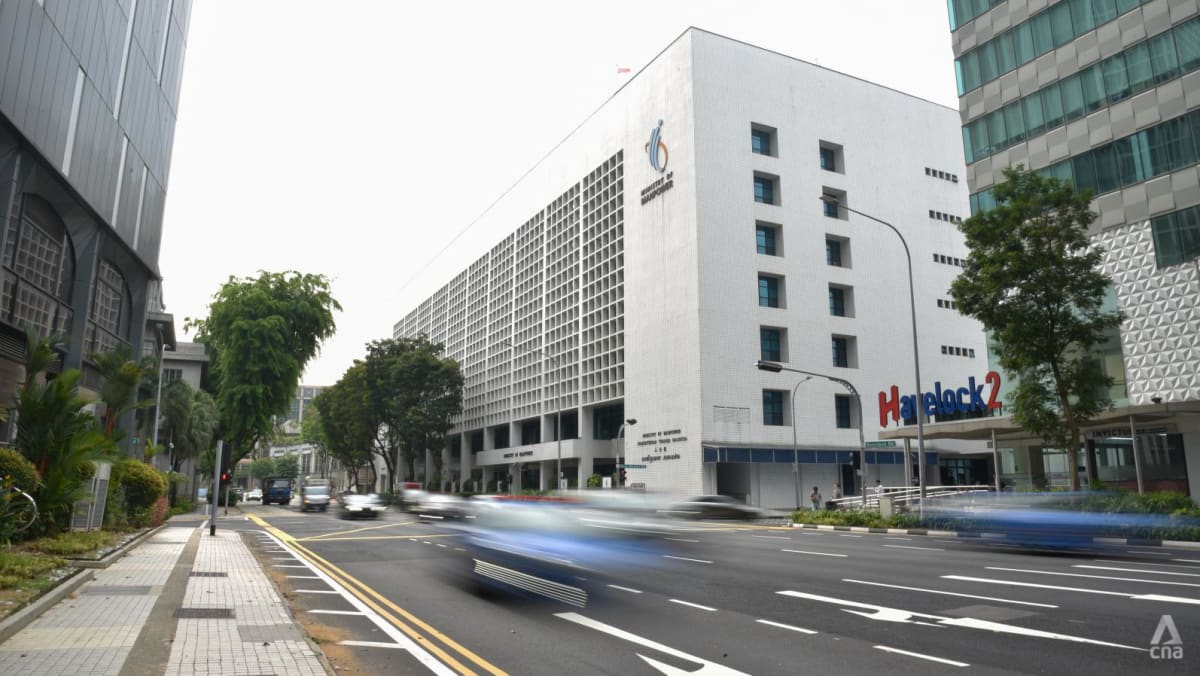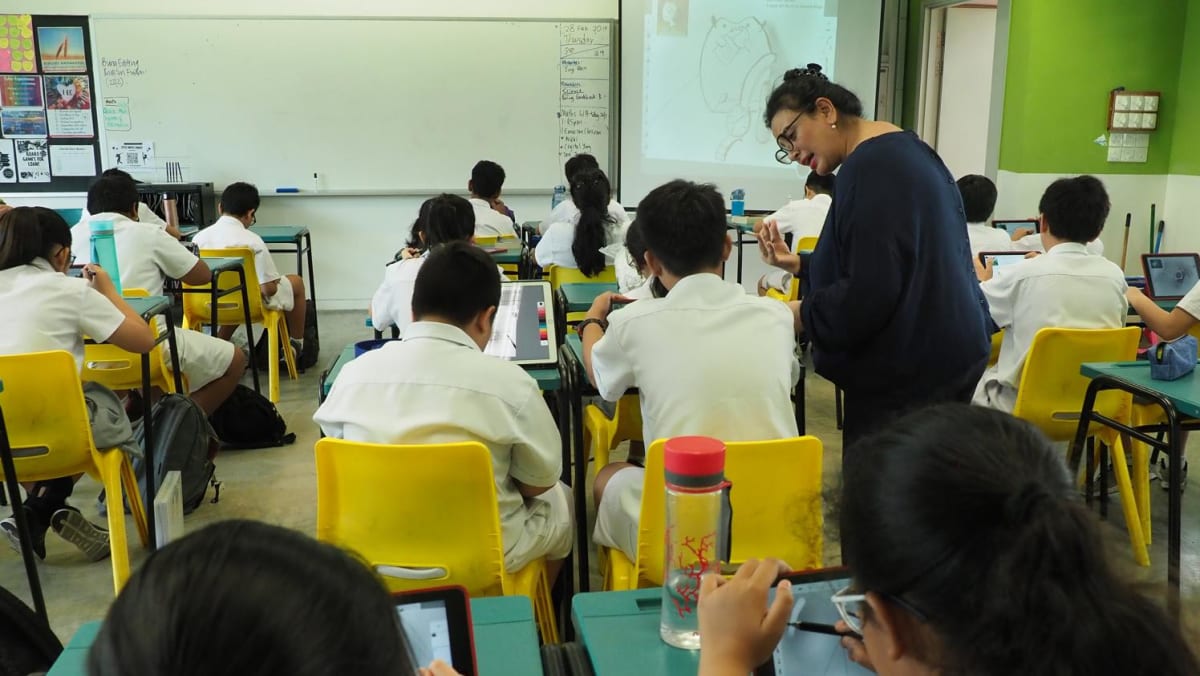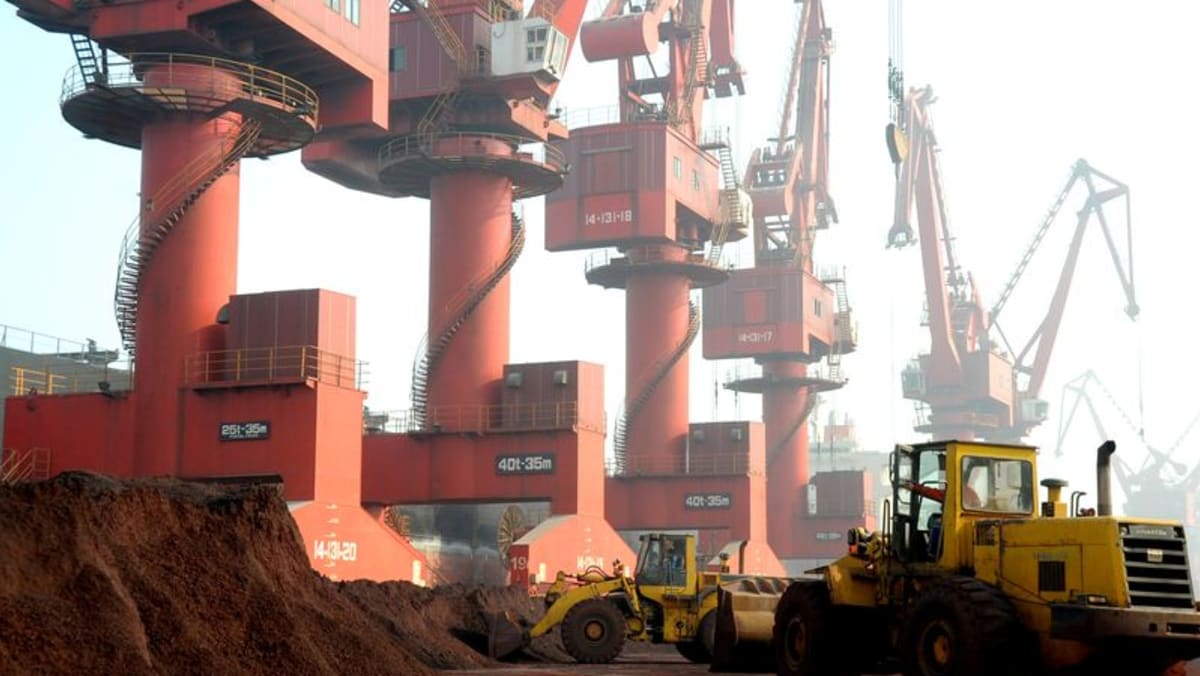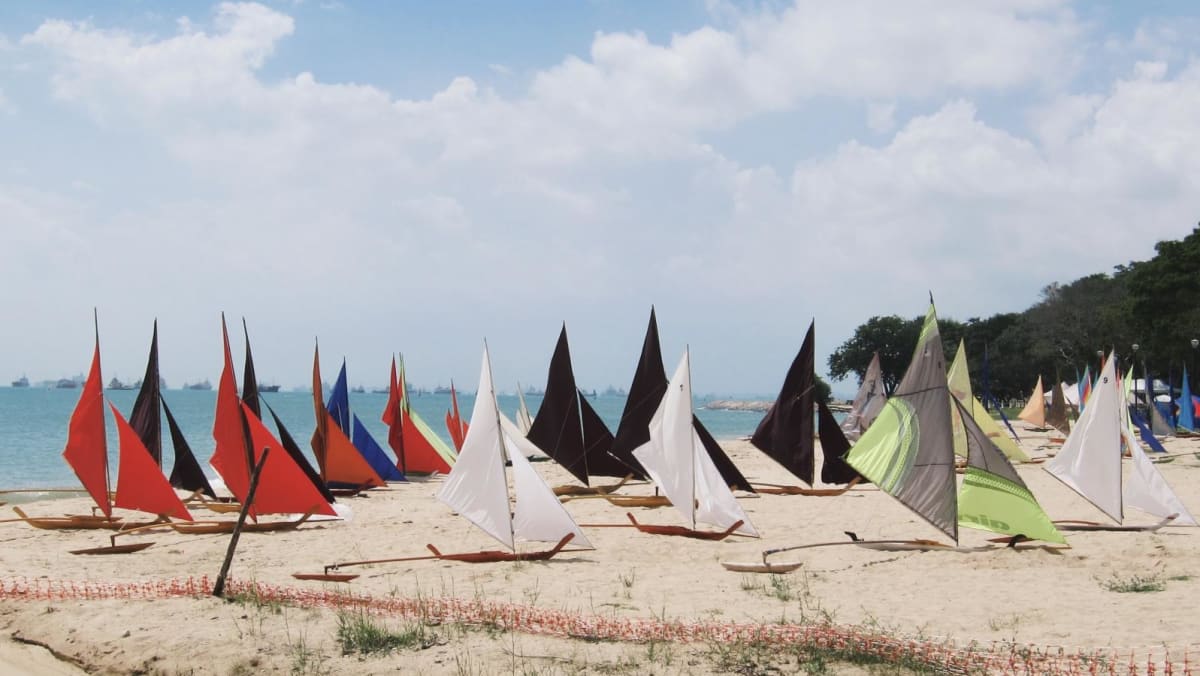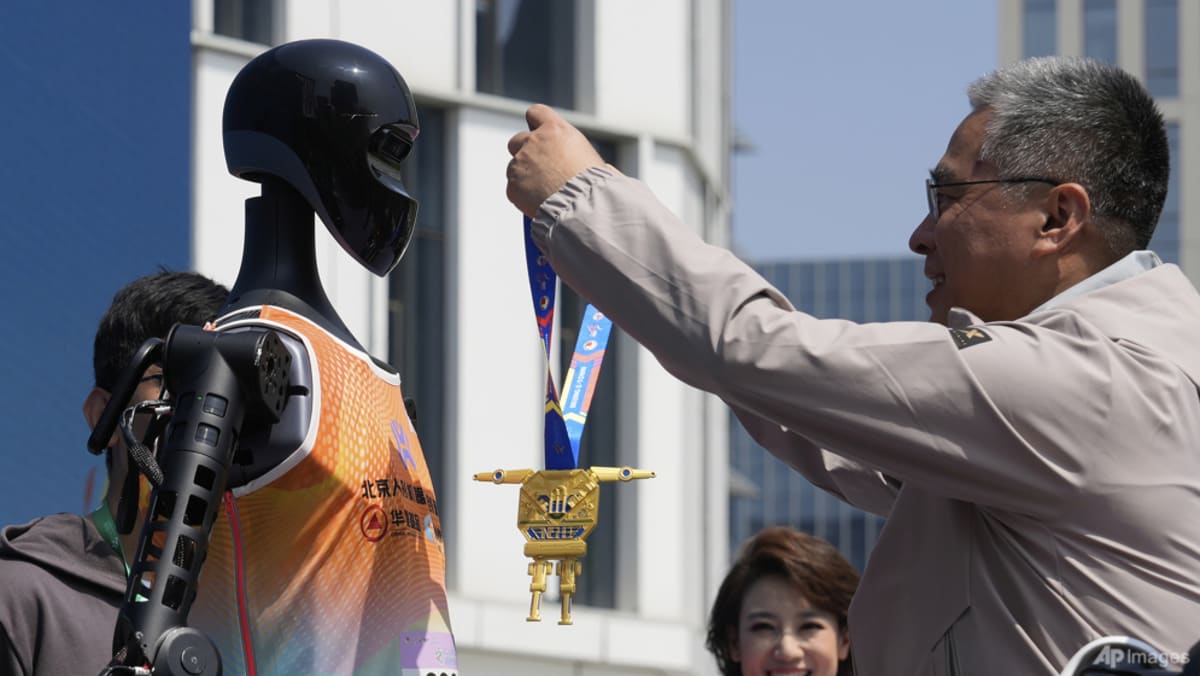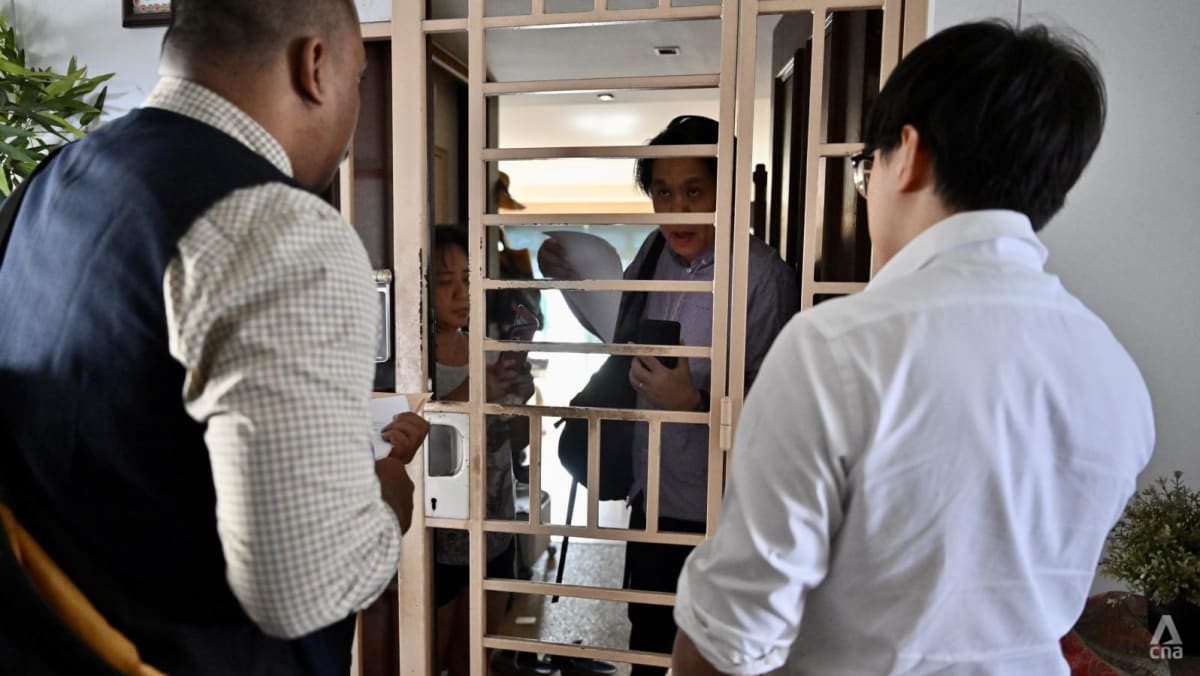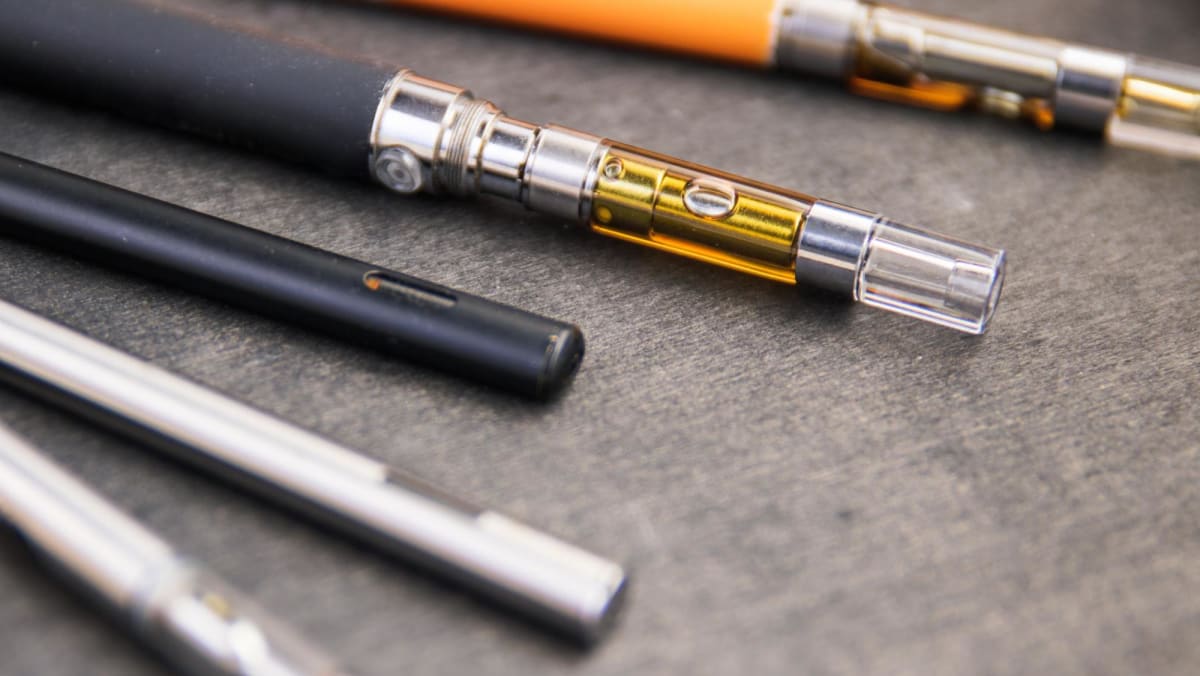LUMAJANG, Indonesia: Mount Semeru, the highest peak on Java island, is one of Indonesia's most active volcanoes.
Despite the threat of eruptions, the rich volcanic soil and climate around the majestic mountain brims with opportunities for agriculture and livestock.
In Senduro district, located near the foot of the volcano in East Java province, many locals are farmers who breed cows for their milk.
Gosyim Romansyah, for instance, gets about 100 litres of milk per day from the 10 cows on his farm.
He earns about 12 million rupiah (US$730) a month from selling the milk in the local market.
The 35-year-old wants more income but increasing milk production is difficult.
“If I increase the cow population, I have to increase the amount of grass. It is easy to buy cows, but procuring their feed is difficult,” said Gosyim, who took over the family farm from his father 12 years ago.
He added that while grass is plentiful during the rainy season, there is simply not enough for more cattle to graze on during the dry season.
For many farmers, Indonesia’s dense population and competing demands for land – such as palm oil plantations, rice cultivation, and other crops – restrict the availability of land for cattle grazing.
SHORTAGE OF COWS AND MILK
Indonesia currently imports more than 80 per cent of its milk to meet domestic demand.
That deficit is expected to deepen even further as the nation rolls out its free-meal programme to feed more than 80 million students and other vulnerable groups.
The programme, a key election promise of Indonesian President Prabowo Subianto, aims to provide nutritious food – including milk – to fight malnourishment.
The Agriculture Ministry estimates the milk production shortage could reach 8.5 million tonnes – 4.9 million tonnes of milk are needed for regular consumption and 3.6 million tonnes for the free meal programme.
There are already tensions between farmers and corporations, with some accusing milk processing facilities of favouring imported milk for being cheaper.
Last September, dairy farmers in Central and East Java bathed themselves in milk in the city centre to express their outrage, demanding the government give more incentives to local farmers and reduce dependence on milk imports.
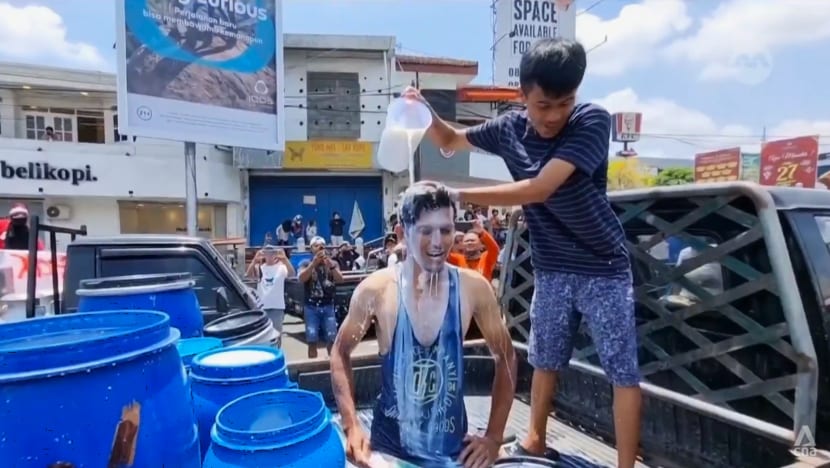 Dairy farmers bathed themselves in milk during a September 2024 protest.
Dairy farmers bathed themselves in milk during a September 2024 protest.
In response, the regional government said they would put in place measures requiring milk processing facilities to absorb milk from local dairy farmers first.
“(We must) make sure that milk production by farmers must be absorbed in commercial prices first. Only then can the difference be imported,” said East Java’s governor Khofifah Indar Parawansa.
To fulfil the milk demands of the meal programme, Indonesia plans to purchase 200,000 beef cattle and 200,000 dairy cows this year. The number of imported cattle is set to grow to two million for breeding purposes by 2029.
National Nutrition Agency head Dadan Hindayana said Prabowo has a long-term goal of building up the country’s cow population, instead of relying on imported milk.
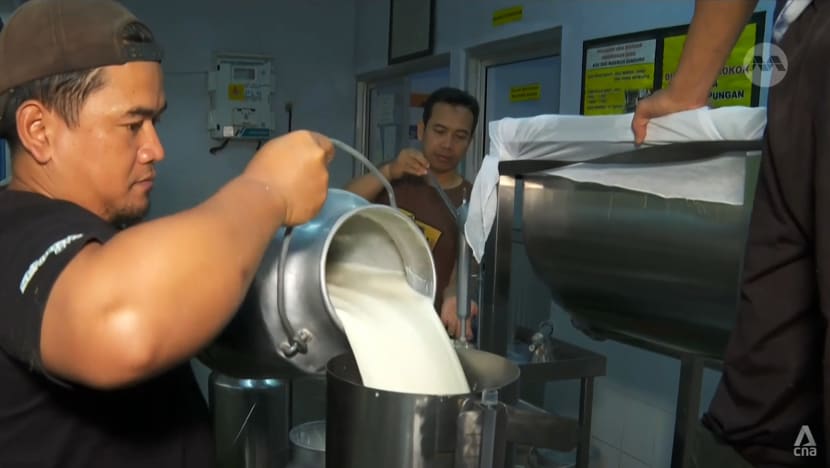 Dairy farmer Gosyim Romansyah deposits milk at a collection centre.
Dairy farmer Gosyim Romansyah deposits milk at a collection centre.
“The cow population in Indonesia is still low. Now, cows are gradually being imported to increase the population. It is hoped that in every region… there will be a cattle farm to supply milk that is truly local,” he said.
SOURCING AND HOUSING IMPORTED CATTLE
Recently, Indonesia approved live cattle imports from Brazil, opening its doors to the world’s largest beef exporter.
The move aims to expand the countries from which Indonesia can source live cattle, which currently includes Australia, New Zealand and the United States.
Industry players pointed out that Indonesia's previous attempts to import cattle in large numbers were hindered by factors such as securing suitable land and adequate feed.
To address this challenge, Indonesian authorities have set aside more than 90,000ha of land in three provinces – Central Sulawesi, South Sulawesi and South Kalimantan to accommodate imported cattle.
POTENTIAL SPREAD OF DISEASES
Cattle farmer Misbahul Munir is among those who support the import plans, saying his 200ha estate in the East Java city of Pasuruan has space to accommodate some of the animals.
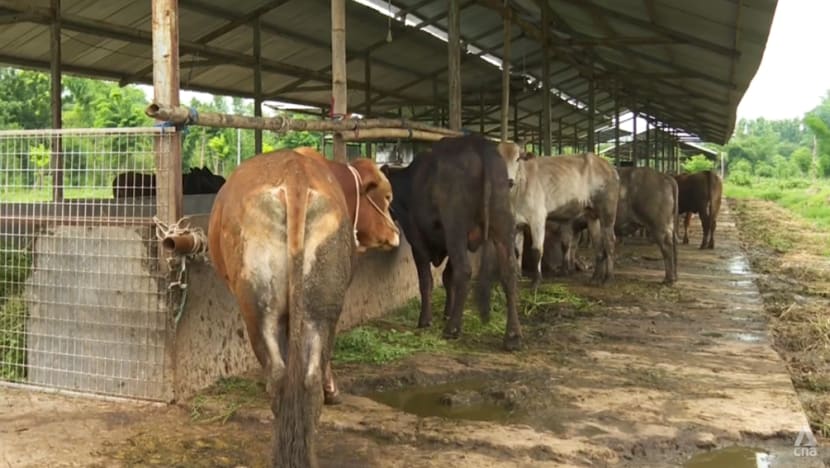 Cattle are seen at farmer Misbahul Munir's estate in Pasuruan, East Java province.
Cattle are seen at farmer Misbahul Munir's estate in Pasuruan, East Java province.
However, the 56-year-old said authorities must provide assistance to help farmers cope, such as preventing the spread of diseases.
In December 2024, the province bore the brunt of a recent foot and mouth disease outbreak that affected thousands of animals.
Authorities reported that over 14,630 animals had been infected by early January 2025, resulting in 338 deaths across 11 provinces. The government launched a vaccination programme to contain the outbreak and provide immunity against the disease.
“If there's disease, there must be a veterinarian (to deal with it). So, I will request an expert like that whom we can collaborate with,” said Misbahul.
“If the partnership is just to bring in the cattle, then it will just be a burden on us. We will not be able to afford the human resources for it.”
